#ancient rome
Text
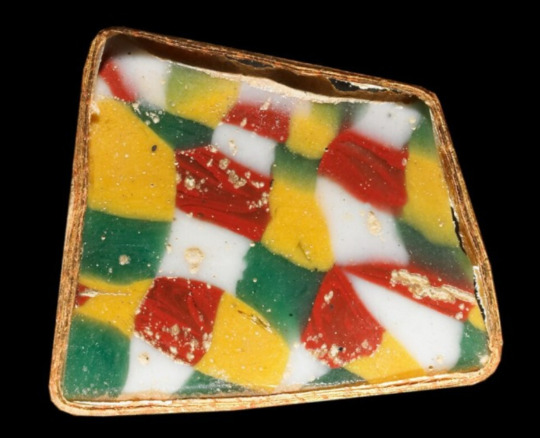
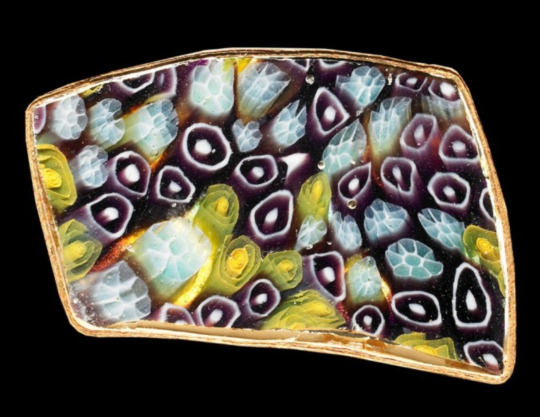
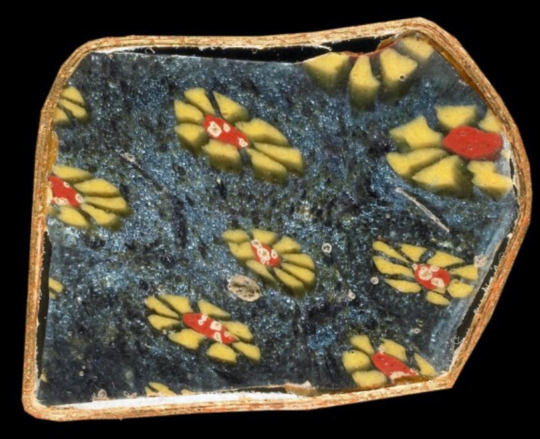
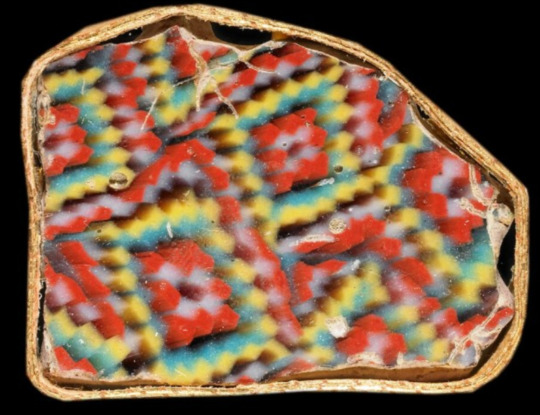
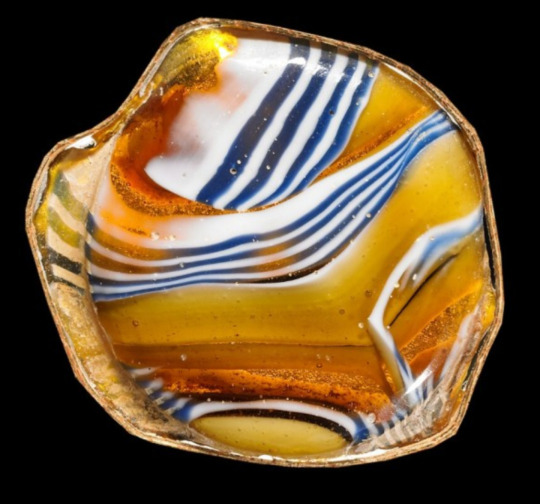
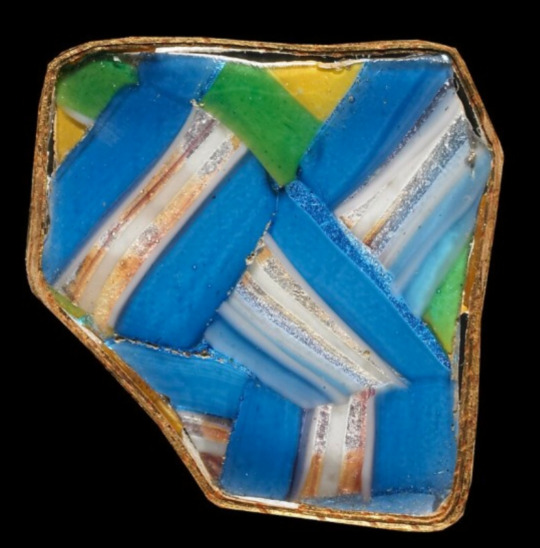
Beautiful colors from Ancient Rome (II)
Mosaic plaque fragments from late Roman Republic time
213 notes
·
View notes
Text
People don't realize how liminal it is to be a time traveler. How you don't ever really feel like you're in the time you are. Even when you're in your own time, everything is off, your coat was something you bought in interwar France, the book you're reading on the train is from a bookstore you had to visit in Victorian London, even your necklace was given to you by a Neolithic shaman, from a culture the rest of the world can never know. You find yourself acting strange even when in the present, much less in the past you have to work in.
You remember meeting a eunuch in 10th century China, and having him be one of the only people smart and observant enough to realize you were from a diffrent time. You could talk honestly with him, though still you couldn't reveal too much about your time. And it was still so strange hearing him talk casually about work and mention plotting assassinations. You're not allowed to but you still visit him sometimes.
You remember that the few times you were allowed to tell someone everything it was tragic. You knew a young woman who lived in Pompeii, who you had gotten close to, a few days before she would inevitably die. On your last day there you looked into her eyes, knowing soon they'd be stone and ash, that the beauty of her hair would be washed away by burning magma. And you hugged her, and told her that you wanted her to be safe, and told her she was wonderful and that you wanted her to be comfortable and happy. And you let her tongue know the joy of 21st century chocolate, and her eyes see the beauty of animation, knowing she deserved to have those joys, knowing it wouldn't matter soon. And you hugged her the last time, and told her she deserved happiness. And when you left without taking her it was like you were killing her yourself.
You want to take home everyone you're attached to. There's a college student you befriended in eighteen fifties Boston. And you can't help but see him try to solve problems you know humanity is centuries away from solving. And you just want to tell him. And it's not just that, the way he talked about the books and plays he likes, his sense of humor. There's so many people you want him to meet.
You feel the same way about a young woman you met on a viking age longship. She tells stories to her fellow warriors and traders, stories that will never fully get written down, stories that she tells so uniquely and so well. She has so many great ideas. You want so dearly to take her to somewhere she can share her stories, or where she can take classes with other writers, where she can be somewhere safe instead of being out at sea. She'll talk about wanting to be able to do something, or meet people, and you know you're so close to being able to take her, but you never can, unless she accidently finds out way too much then you can't.
You remember the longship that you met that young storyteller on. You were there before, two years ago for you, ten years later for the people on it. The young woman who told you stories wasn't there ten years later, you had been told why then but you only realize now, her uncle, who ran the ship, had been one of the first people to convert to Christianity in his nation. He killed her, either for not converting or for sleeping with women, you're not sure, but he killed her, and bragged about it when you met him ten years later.
You talk to the storyteller on the longship, ask her about the myths you're there to ask her about, the myths that she loves to tell. You look into her eyes knowing it's probably less then a year until her uncle takes her life. You ask her if you think that those who die of murder go to Valhalla. She tells you she hopes not, she doesn't see Valhalla as a gift but as a duty, she hopes for herself to go to Hel, where she wouldn't have to fight anymore. You slip and admit you're talking about her, telling her that you hope that's where she goes when she's killed. You hope to yourself you'll be forced to take her to the twenty first century, you're tempted even to make it worse, you want to have ruined her enough to be able to save her.
#196#my thougts#worldbuilding#writing#my worldbuilding#my writing#urban fantasy#ancient history#history#short fiction#short story#original fiction#flash fiction#viking#viking age#norse mythology#ancient rome#pompeii#science fantasy#science fiction#sci fi#scifi#queer#queer history
170 notes
·
View notes
Text

Roman epitaph inscribed "Sergius Asinius Phainus made this for his most sweet mother, Annia Isias"
1st-2nd century AD
from The British Museum
95 notes
·
View notes
Text
roman cognomina were given through the beautiful ancient art of bullying
89 notes
·
View notes
Text
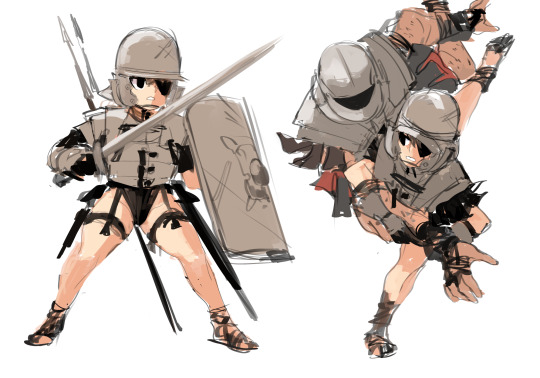
vitte judo throw
74 notes
·
View notes
Text
Latin Literature Tournament - Round 1
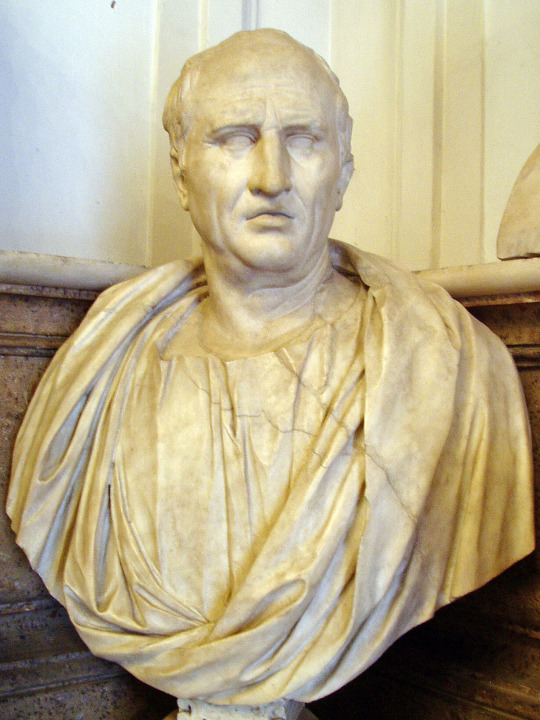
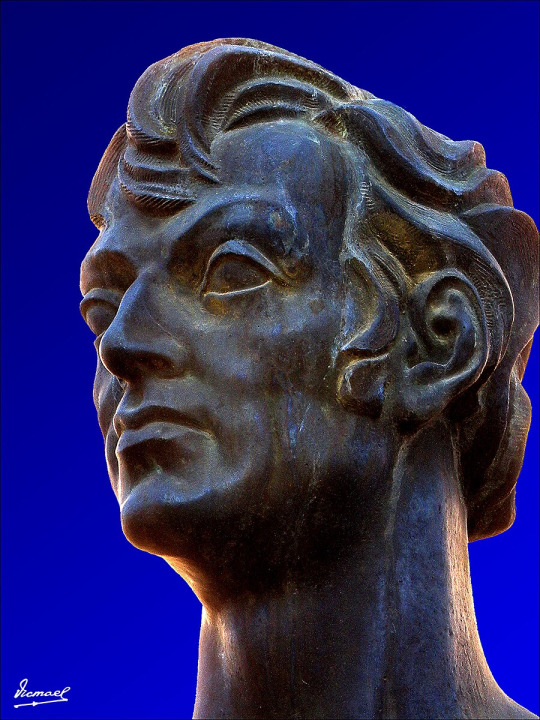
Propaganda under the cut!
Cicero Propaganda:
This is literally the Cicero Website! You're gonna be on Classics Tumblr and not vote for him??
He saved the republic, you know
All kidding aside, he genuinely wrote some of the most marvelous prose in the Latin language
Martial Propaganda:
Dude basically invented the modern epigram
Was a Huge Bitch and could sling trash talk like no other. A funnier motherfucker you will never meet
Additional propaganda from his dear friend Pliny
#tagamemnon#cicero#martial#latin literature tournament#tournament poll#bracket#classics#ancient rome#epigram#rhetoric#tumblr polls
66 notes
·
View notes
Text

Sculpture of Apollo Citaredo in Museo Archeologico Nazionale di Napoli
Originally, the sculpture from the 2th century depicted the city of Rome as a goddess. In the nineteenth century it was restored as Apollo Citaredo. The statue is part of the Farnese Collection.
#naples#napoli#apollo#greek gods#statue#sculpture#art#art history#ancient art#rome#ancient rome#archaeology#antiquity#ancient history#photography#travel#travel photography#history#culture#art photography#museum photography#art museum#farnese#greek mythology#mythology#roman mythology#roman gods#roman empire
63 notes
·
View notes
Text
49 notes
·
View notes
Text
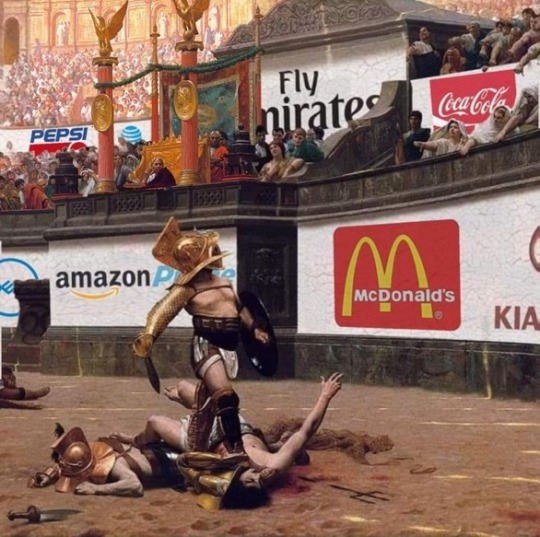
Bread and circus
#dank memes#funny post#meme#dank#funny#funny pics#silly#funny pictures#dankest memes#humor#dark humor#ancient rome#history memes#late stage capitalism
46 notes
·
View notes
Text
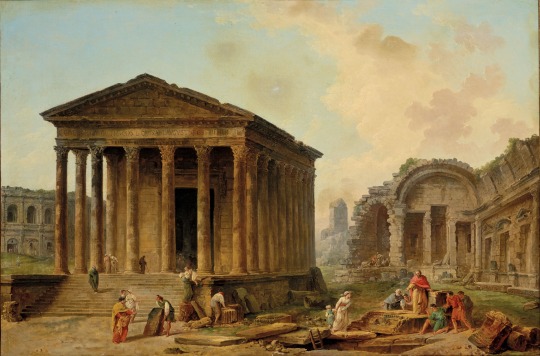
Capriccio with Monuments of the City of Nîmes by Hubert Robert
#hubert robert#art#ruins#capriccio#monument#monuments#architecture#antiquity#nimes#nîmes#roman#france#occitania#occitanie#europe#european#romantic#romanticism#temple#temples#ancient rome
52 notes
·
View notes
Text
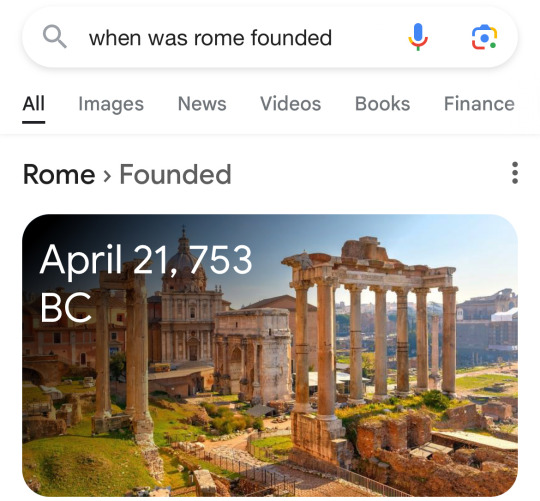
happy birthday to rome btw
26 notes
·
View notes
Text
April 21st, Rome's Birthday


On this day 2777 years ago ,Romulus became the first king of Rome, founding the city on the Palatine Hill. Beyond legend, archaeological excavations date the first settlements to the same period on the Palatine Hill there were already cabins and a wall.
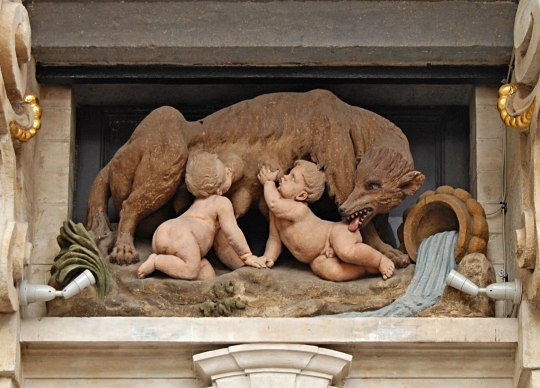
Romulus and Remus in the She-Wolf's House on the Grand-Place in Brussels. Photo by EmDee- CC BY-SA 4.0 DEED-Wikimedia Commons
Like every April 21st, today there is a great celebration in Rome.
145 notes
·
View notes
Text
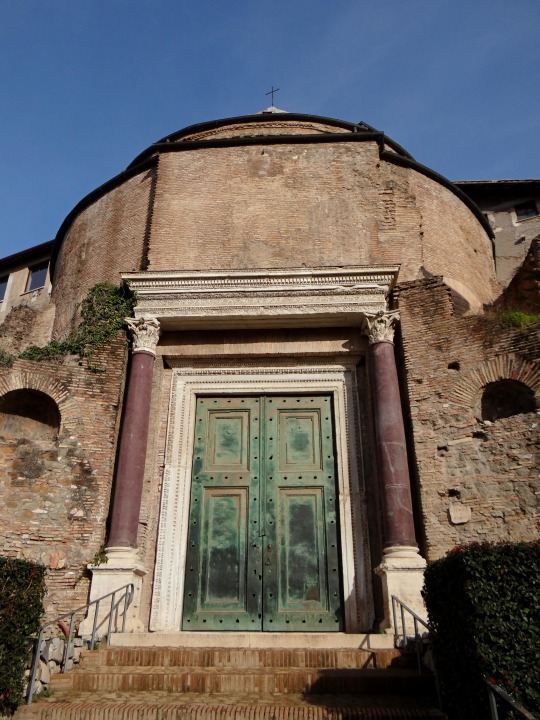
The Temple of Romulus in Rome's Imperial Forum. The temple survived because it was incorporated into a later Christian church.
#temple of romulus#ancient rome#ancient roman#ancient architecture#italia#italy#rome#roma#travel#photography#original photography#photographers on tumblr#lensblr#architecture#historical architecture#church#church architecture#urbanexploration#urban photography#wanderingjana
21 notes
·
View notes
Photo
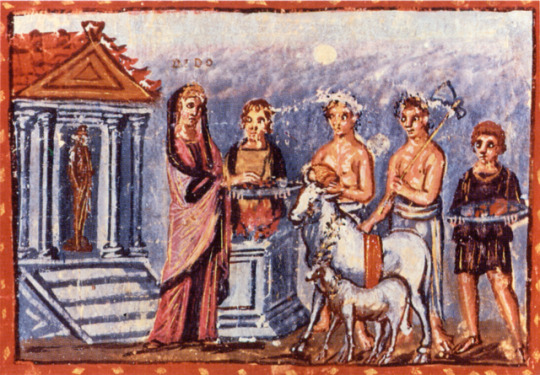
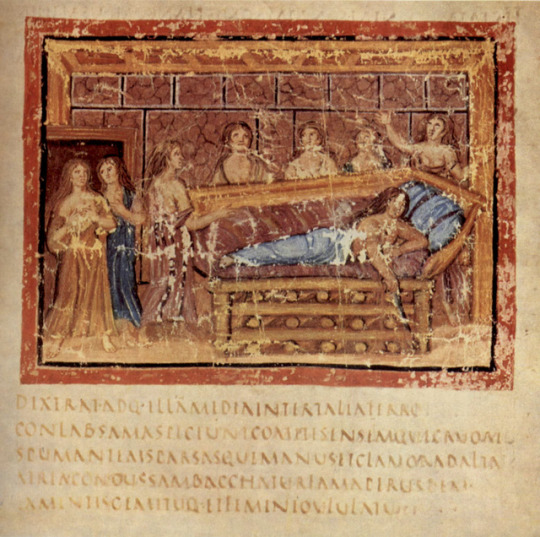
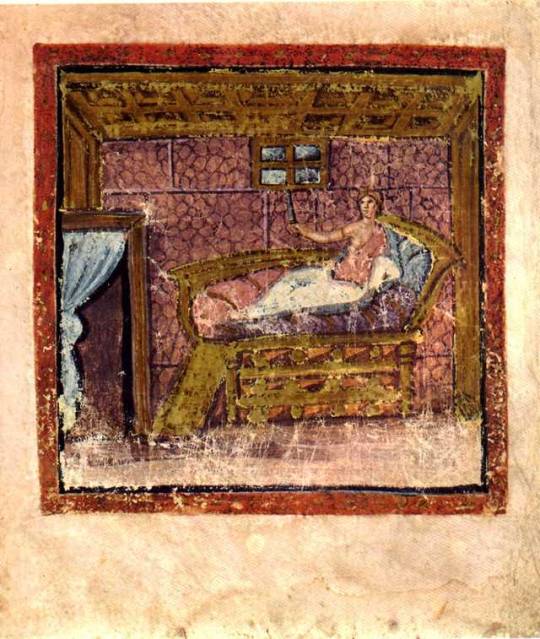
Vergil's Aeneid from the Vergilius Vaticanus illuminated manuscript kept in the collection of the Biblioteca apostolica Vaticana. MS lat. 3225. fol. 33 v; by the Master of the Vergilius Vaticanus; 5th century AD
#5th century#mdpearly#mdpancient#manuscript#illuminated manuscript#5th c. rome#rome#ancient rome#ancient manuscript
27 notes
·
View notes
Text
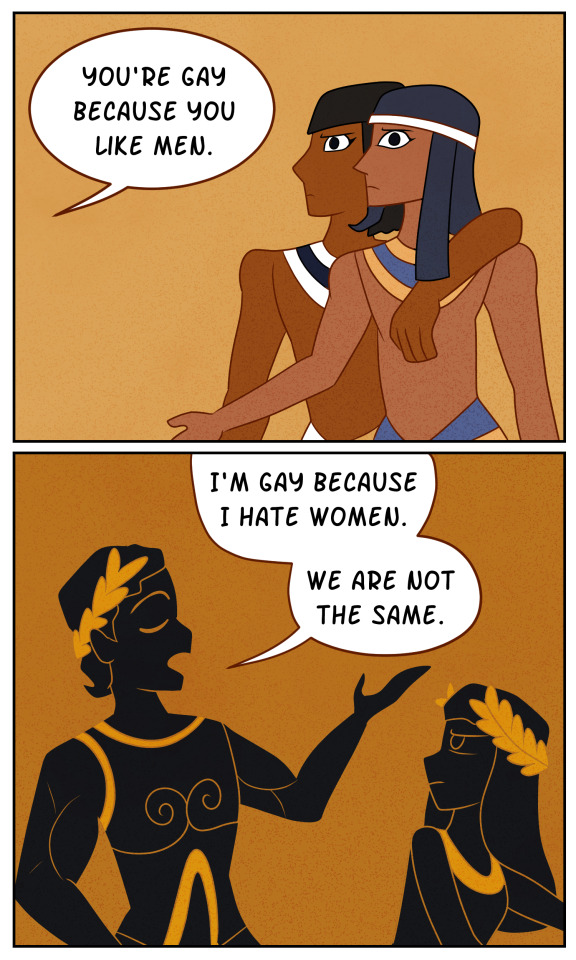
This seems to be what I've learned.
180K notes
·
View notes
Text
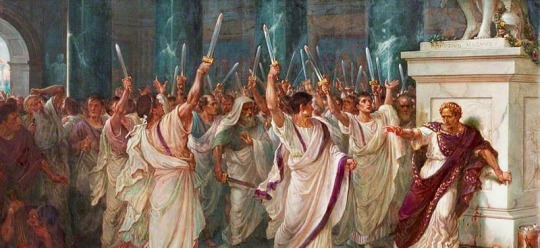
🥳🔪🕺🔥💃✨️🤗🎉🤩🎊❤️🔥🤪🗡😈🎉🤺
#ides of march#julius caesar#caesar#brutus#ancient rome#roman history#rome#history#tumblr holidays#tumblr history#tumblr humor#tumblr#march 15
27K notes
·
View notes